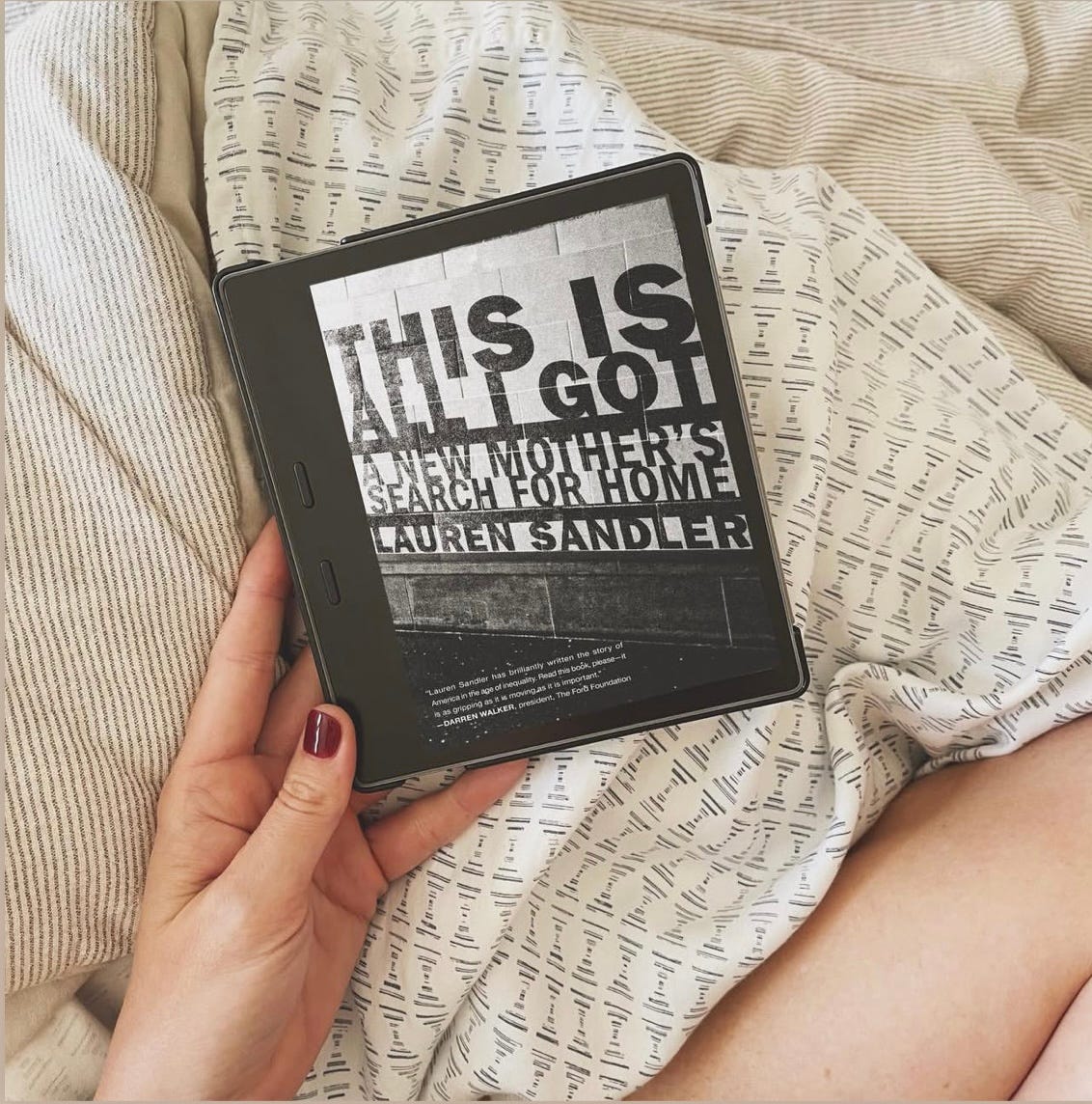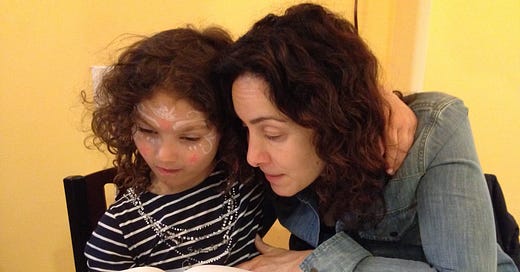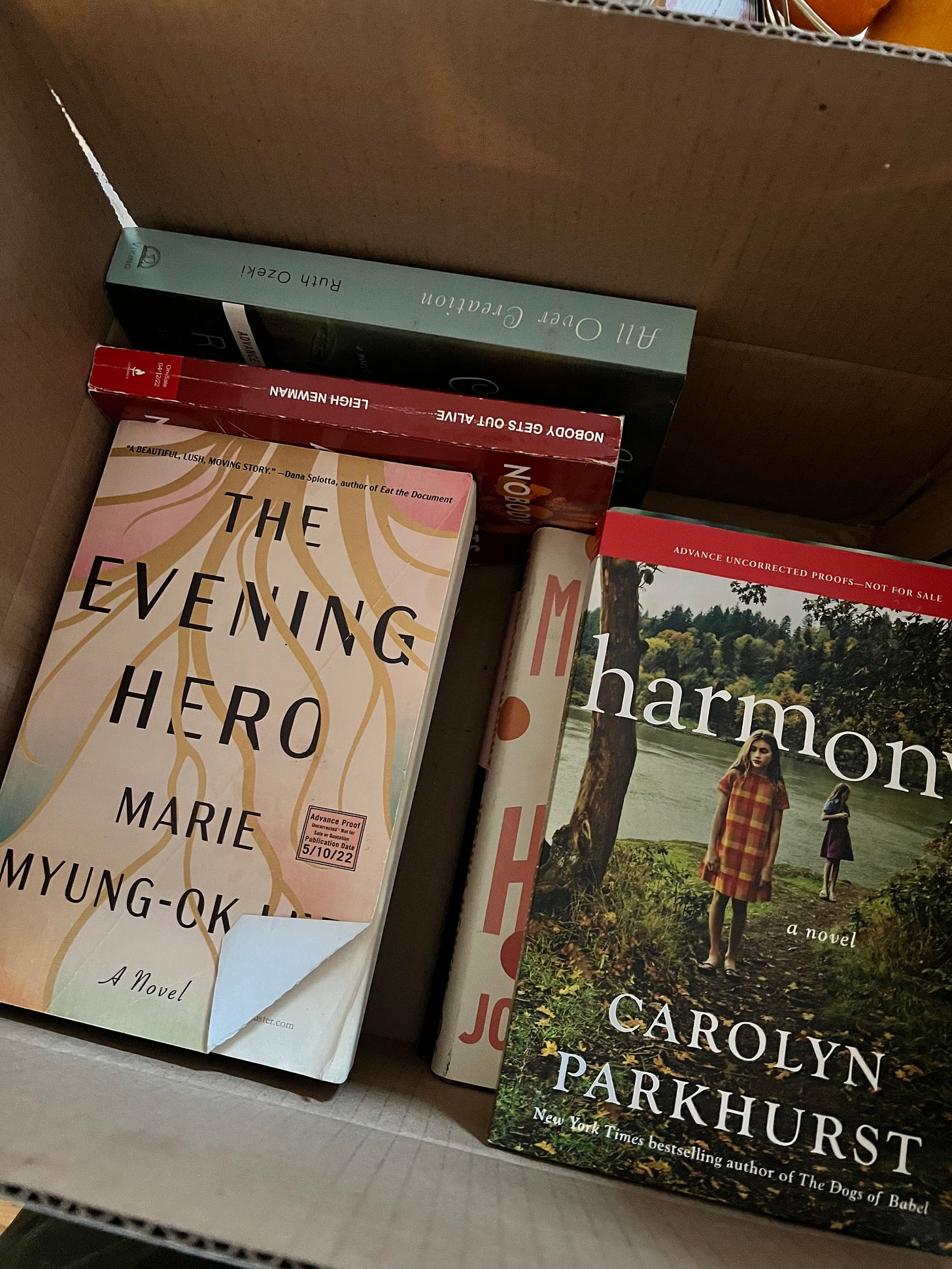The Best Books You've Never Read
Why do some books become huge? And others fade away?

A few years ago, my neighbor Liza spent Christmas Eve lending a hand at the busy counter of Baltimore bookshop The Ivy. “I wrapped so many copies of The Dutch House,” Liza told me on New Year’s Day, while our kids played on her living room rug. “People kept coming up to the counter and I was like, ‘okay, another copy of The Dutch House.”
My mind often returns to Liza’s anecdote, because it speaks to a question that has plagued me forever: Why do some books become huge, ubiquitous, phenomena? If you’ve ever stepped into a subway car and seen every single person holding the same book–in 1989, The Joy Luck Club, in 2001, The Corrections, in 2015, A Little Life–you’ve perhaps wondered this yourself.
There are obvious reasons, of course, like a publisher investing major cash in advertising, and marketing, and making a huge publicity push. Or, in the case of some surprise bestsellers of recent years, the author spending in the mid-five-figures on a kingmaking independent publicist.
But the thing is: Sometimes, a publisher or author invests a ton, every possible effort is made, and the book does not wind up in the hands of every single rider of the F train. And sometimes, of course, a book blows up on its own, without the above efforts.
I read a lot of books long before they’re published, usually because the editor or author has asked me for a blurb. Sometimes, a book strikes me as both brilliant and accessible, and I’m certain it will find a wide readership, and it definitely does! Back in 2001, for instance, I devoured The Corrections, and begged every editor in my rolodex to let me profile Jonathan Franzen. But just as often, it doesn’t, and I’m left confused.
Have you wondered about this? Why some books capture the public imagination? Have you ever read a novel, loved it, and wondered why you’re not seeing it mentioned everywhere?
Here are three that still have me shaking my head:

A Dual Inheritance,
If you know
, it’s likely due to her devastating 2020 novel St. Ivo, a brief, beautiful, spare novel about a long married couple struggling with loss in manifold forms, which also gorgeously examines the way motherhood lends a fragility to artistic ambition and creative drive. I love this novel–it is truly one of all-time favorites–but I equally love A Dual Inheritance, Hershon’s 2014 novel, which could be St. Ivo’s inverse and opposite: a big, sprawling family epic, Victorian in shape and in its themes of class and money, its urban settings, its high stakes. Set in and around Cambridge and New York, A Dual Inheritance begins at Harvard, in 1962, when two undergrads from radically different parts of Boston–-Ed Cantowitz, Jewish, lower middle class, Dorchester, and Hugh Shipley, Boston Brahmin–-become unlikely friends, following them–and their families–through the decades, as their lives cleave together and come apart in different ways, intersecting always with the economic and political forces that invisibly shape all our lives. I blurbed this novel, calling Hershon among the “most important storytellers of the new millennium,” which I stand by, and placing it in the ranks of Eliot, Dickens, and, especially, Gallsworthy. But I’d also, today, place this novel in the ranks of Zadie Smith, Claire Messud, J. Courtney Sullivan, and Jonathan Franzen. (I love Hershon’s interview about the book with the marvelous .)
This is All I Got: A New Mother’s Search for Home, Lauren Sandler
This landmark work of nonfiction, from a veteran reporter, follows a homeless twenty-two-year-old from the moment she gives birth to her first child–while living in a shelter for unhoused pregnant women, which Sandler portrays with devastating acuity–through the first year of that child’s life, as she attempts to navigate the absurd bureaucracy necessary to secure state and federal assistance, while returning to school and finding a job, and, most heartbreakingly, the cruelties of her own immediate family. Though often compared–favorably!--to Adrian Nicole LeBlanc’s Random Family, This is All I Got, for me, it represents something stylistically different: An intimately reported story that possesses the narrative urgency of great fiction, fueled both by authentic rage at the brutality of American governing systems–the lack of a safety net for even the most vulnerable–and by a novelist’s attunement to character, dialogue, and place. This is a work that feels reported from the inside out, rather than coolly observed with midcentury-style journalistic distance. And this is the one work in which I understand why, perhaps, it didn’t become an everyone-on-the-subway-car phenomenon: Bad timing. It came out in May 2020, not long after the world shut down, which meant: no events and very little media coverage. But this, like the others I’ve mentioned, will certainly have a long life with readers and is, I think, destined to be used in journalism classes for decades to come.

Little Known Facts,
Or, actually, all of Christine Sneed’s work. But let’s focus on her extraordinary debut, which centers on a fictional movie star, Renn Ivins, in his fifties, with a George Clooney-like gravitas, somehow unmarred by the fact that he’s dating a 24-year-old. Sneed’s knowing, elegant narrator moves seamlessly between Renn, his grown children, his pediatrician ex-wife, and others in his orbit, forging a decidedly modernist portrait of his world. Sneed somehow at once spins a tale reminiscent of Fitzgerald, in its examination of American mythologies, and Roth, in its incredible intimacy, but also something utterly new and fresh and groundbreaking. Just as in her second novel, Paris, He Said, she puts a new, wrenching—but also sparkling—twist into a Jamesian tale of a young woman abroad. Little Known Facts made it to the cover of the NYTBR on its release, in a rave from none other than Curtis Sittenfeld—”[Sneed’s] sentences are strangely hypnotic, casting a spell that makes it hard to put the book down”—and I truly expected this novel to be, like #1 on the NYT Best Seller List forever, but somehow I’ve yet to meet someone other than myself (and Curtis) who’s read it. WHY? I DON’T UNDERSTAND. THE SUBJECT MATTER ALONE. Was it ahead of its time? Help me out here, readers! Explain!
Okay, I could go on like this forever. A few other novels I loved and anticipated being huge:
’s A Nearly Perfect Copy, ’s The Fortunate Ones, Christie Hodgen’s Elegies for the Brokenhearted, and ’s Hotel Cuba.On a related note: If you’d like to see my favorite books of 2024 and 2025 (so far), you can do so here. (And consider following me for a more frequent account of my reading and general hijinks.)
SHORTER READS:
If you like me, you might like my latest essay for Cup of Jo, on how Gilmore Girls changed my relationship with my Emily Gilmore-like mother. (A longer version can be found in
‘s new anthology Life’s Short, Talk Fast: Fifteen Writers on Why We Can’t Stop Watching Gilmore Girls.)Both my son and I loved Jeannie Suk Gersen’s precise, measured New Yorker essay on converting to Judaism after October 7th.
I will read anything Isabel Slone writes but my jaw is still on the floor after reading her searing investigation into a seemingly innocuous–and ubiquitous–Facebook group called the Dull Woman’s Club.
OTHER WONDERFUL THINGS:
If you are alive, you are being ripped apart inside by the destruction of Los Angeles, and your heart is breaking for the thousands who’ve lost everything, and you’re confused as to how to help, other than by donating money. Perhaps you, like me, have looked into flying out to volunteer and been informed that your presence will cause more strain on the city’s collapsed infrastructure. One small, meaningful way to help: Donate to the LA Wildfire Book Drive. Local novelist Julia Fierro–whose roman a clef, Cutting Teeth, is a favorite of mine–is collecting books for wildfire victims, who, of course, lost all their own. She’s asking writers to send signed copies of their own books and anyone to send favorite books from their own libraries. I sent off three boxes this morning and though I want to do more, for now, this is something.

Another option: Support a Los Angeles business. Order a dress from my favorite indie LA designer, Matryoshka Construction—which is donating an amount equal to any purchase to fire victims—or bagels from my favorite bagel shop, Pop’s, which has four locations throughout the city and ships nationwide. My son and I both have celiac, and we swear by Pop’s gluten-free bagels, which taste just like their actual bagels.
COME SEE ME IN BOSTON, NEW YORK, AND ZOOM!
January 30, Porter Square Books, in conversation with
about her debut novel Amphibian (which I wrote about a few columns back!)March 5, Coolidge Corner Theatre, in conversation with
, about her debut essay collection Mothers and Other Fictional CharactersMarch 11, Brookline Booksmith, in conversation with the legendary
, about her new memoir Permission: The New Memoirist and the Courage to CreateMarch 12, P&T Knitwear, Brooklyn, in conversation, again, with Nicole Graev Lipson
April 1, 4:30-6pm, Heineman Ecumenical Center, Framingham State University, just me, reading from My Salinger Year followed by Q&A (I’m FSU’s 2025 2025 Miriam Levine Reader, which is exciting! Levine is in her nineties now but I’m fantasizing about her coming to her namesake reading.)
April 29, 7pm, Booked Author Series at Fleur Providence, with
, Gaige, , and .May 15, 6:30-8pm, virtual, More Than Just the Book Cover: How to Be Your Authentic Self on Instagram, a one-night seminar for Grub Street. Registration goes live shortly; sign up here to be notified.
May 6, 13, 20, 27th, 10:30am-12:30pm, virtual, Finding (and Refining) Your Book-Length Story: Memoir and Nonfiction; in this four-installment master class, we’ll basically break down the elements of great memoir, from finding the story (rather than the subject), to tone and style, to character building. Also for Grub Street. Registration goes live shortly; sign up here to be notified.
If you missed my December column, you can find it here:








What a phenomenal post! There is so much content out there and so much good writing. I love that you bring some to light that may not have had their day!
Never could understand the furore of positive publicity for The Corrections.